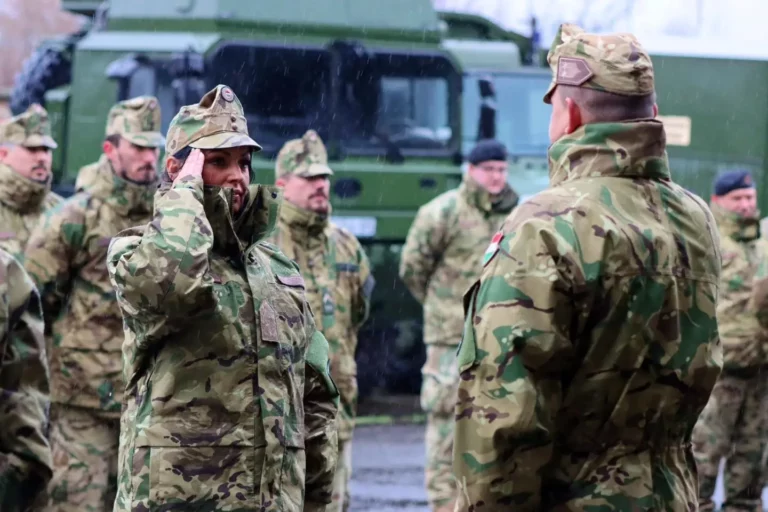military
French-Hungarian JV as next step in defence industry upgrade

Hungarian military recruitment campaign aimed at reaching out to young people

Leaked: Hungarian military plane had a mysterious accident in the USA! – PHOTOS

Here is how many Hungarians gave their lives for Ukraine’s independence

What are they up to? Hungary military launches nationwide recruitment campaign

Hungarian government continues sacking hundreds of high-ranking military officers

Military convoys to swarm Hungary’s roads this week

NATO will kick out Hungary for sacking ‘NATO friend officers’ from the Hungarian military?

Surprising: Hungarian minister named this country one of Hungary’s closest military allies

Hundreds of high-ranking military officers sacked in Hungary

Hungary considers acquiring HIMARS missile systems

Orbán cabinet to produce export in the new Hungarian military factories

Russian microblogger suggests shooting down NATO planes in Hungary!

Hungarian accused of stealing USD millions from Ukraine aid, spying to Russia

Lynx combat vehicles, PzH 2000 howitzers coming to Hungary

Hungary increases military spendings in 2023

Hungary to produce a lot of small arms

PHOTOS: Gigantic WW2 bomb found in Budapest






